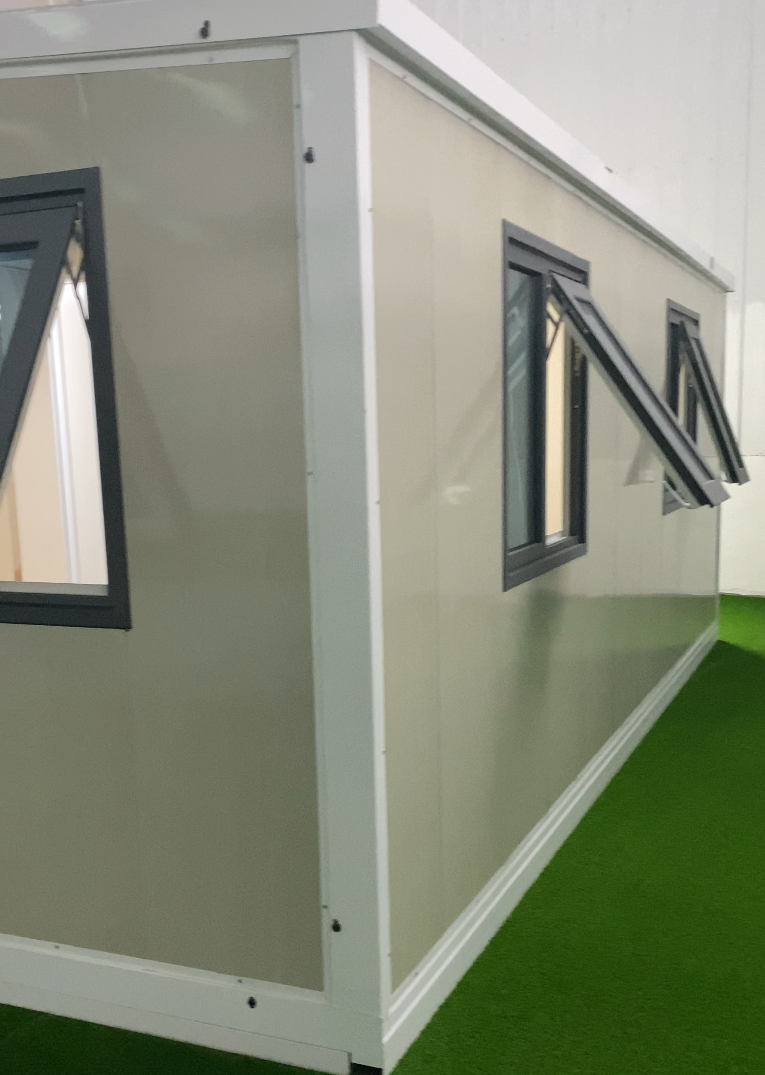Table of Contents
Strategies for Reducing Material Costs in Steel Structure Construction
Cost control and optimization are crucial aspects of any industry, and the steel structure industry is no exception. With the rising costs of materials and labor, it is essential for companies in this sector to implement strategies to reduce expenses and increase profitability. In this article, we will discuss some effective ways to control and optimize costs in the steel structure industry.
One of the most significant expenses in steel structure construction is material costs. Steel is a valuable commodity, and its price can fluctuate based on market conditions. To reduce material costs, companies can explore various options such as bulk purchasing, negotiating with suppliers for discounts, and sourcing materials from different suppliers to find the best prices. By carefully managing material procurement, companies can lower their overall expenses and improve their bottom line.
Another way to control costs in the steel structure industry is to optimize the design and engineering process. By using advanced Software and technology, companies can create more efficient and cost-effective designs that require fewer materials and labor hours. By streamlining the design process, companies can reduce waste and improve productivity, ultimately leading to cost savings.

In addition to optimizing the design process, companies can also focus on improving their production and manufacturing processes. By investing in automation and modernizing their facilities, companies can increase efficiency and reduce labor costs. By implementing lean manufacturing principles and continuous improvement initiatives, companies can identify and eliminate waste in their processes, leading to cost savings and improved profitability.
Furthermore, companies in the steel structure industry can benefit from implementing a robust project management system. By closely monitoring project timelines, budgets, and resources, companies can identify potential cost overruns and take corrective action before they escalate. By using project management software and tools, companies can improve communication, collaboration, and decision-making, leading to more successful and cost-effective projects.
Another effective strategy for cost control and optimization in the steel structure industry is to invest in employee training and development. By providing employees with the necessary skills and knowledge to perform their jobs effectively, companies can improve productivity, reduce errors, and minimize rework. By investing in training programs and professional development opportunities, companies can create a skilled and motivated workforce that can help drive cost savings and improve overall performance.
In conclusion, cost control and optimization are essential for companies in the steel structure industry to remain competitive and profitable. By implementing strategies to reduce material costs, optimize design and engineering processes, improve production and manufacturing processes, implement robust project management systems, and invest in employee training and development, companies can achieve cost savings and improve their bottom line. By focusing on cost control and optimization, companies in the steel structure industry can position themselves for long-term success and growth in a competitive market.
Implementing Lean Manufacturing Principles to Improve Efficiency and Reduce Wastage in Steel Structure Fabrication
Cost control and optimization are crucial aspects of any industry, and the steel structure industry is no exception. With the rising costs of raw materials and labor, it is essential for companies in this sector to implement strategies that can help improve efficiency and reduce wastage. One such strategy that has proven to be effective is implementing lean manufacturing principles.
Lean manufacturing is a systematic approach to identifying and eliminating waste in production processes. By focusing on creating value for the customer while minimizing waste, companies can improve their efficiency and reduce costs. In the steel structure industry, where materials and labor are significant cost drivers, implementing lean principles can have a significant impact on the bottom line.
One of the key principles of lean manufacturing is to identify and eliminate waste in all its forms. This includes not only physical waste, such as scrap materials and defective products, but also non-value-added activities that do not contribute to the final product. By streamlining processes and eliminating unnecessary steps, companies can reduce Lead times, improve quality, and lower costs.
Another important aspect of lean manufacturing is continuous improvement. By constantly seeking ways to optimize processes and eliminate waste, companies can achieve higher Levels of efficiency and productivity. This requires a culture of continuous learning and improvement, where employees are encouraged to identify problems and suggest solutions.
One of the tools commonly used in lean manufacturing is value stream mapping. This technique involves mapping out the entire production process, from raw materials to finished products, in order to identify areas of waste and inefficiency. By analyzing the value stream and identifying bottlenecks, companies can make targeted improvements that can lead to significant cost savings.
In the steel structure industry, value stream mapping can help companies identify areas where materials are being wasted, processes are inefficient, or quality issues are arising. By mapping out the entire production process, companies can gain a better understanding of how materials flow through the system and where improvements can be made.
Another important aspect of lean manufacturing is standardizing work processes. By creating standardized work instructions and procedures, companies can ensure that all employees are following best practices and working efficiently. This can help reduce variability in production processes, improve quality, and reduce costs.
In the steel structure industry, where precision and accuracy are critical, standardizing work processes can help ensure that products meet quality standards and customer requirements. By creating standardized work instructions for welding, cutting, and assembly processes, companies can reduce errors and rework, leading to cost savings and improved efficiency.
Overall, implementing lean manufacturing principles in the steel structure industry can help companies improve efficiency, reduce wastage, and lower costs. By focusing on creating value for the customer, eliminating waste, and continuously improving processes, companies can achieve higher levels of productivity and profitability. With the rising costs of raw materials and labor, lean manufacturing offers a proven strategy for cost control and optimization in the steel structure industry.

